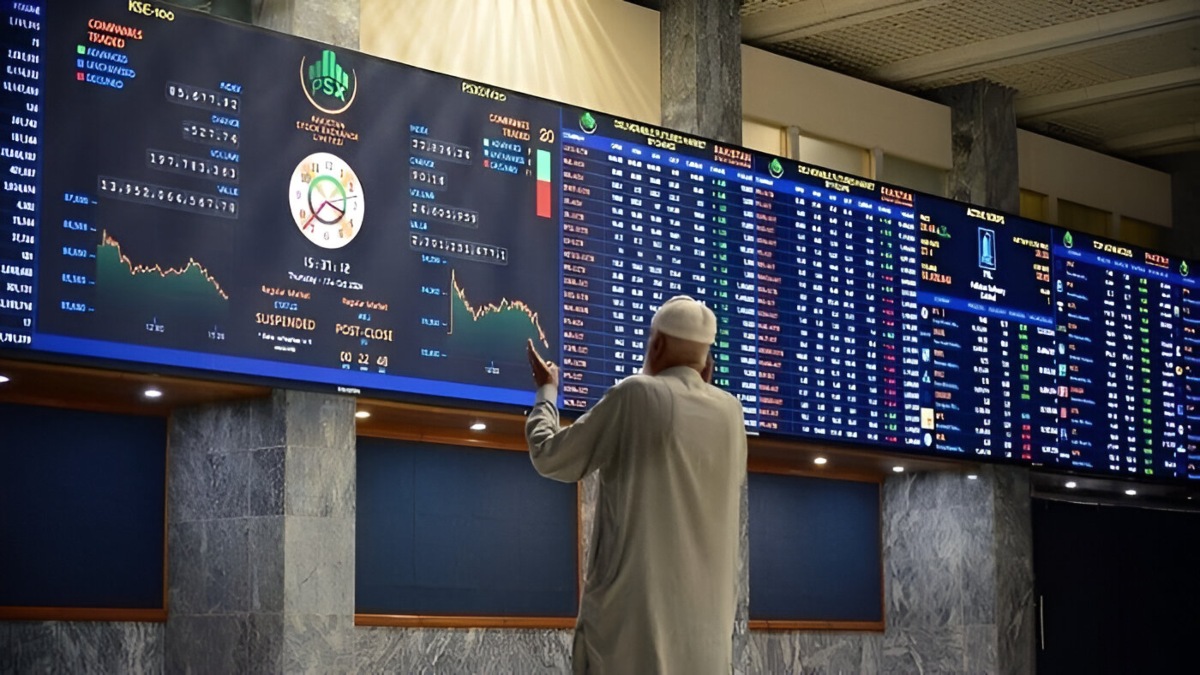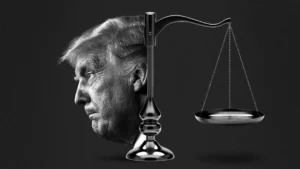The Pakistan Stock Market reached a historic peak last week, finishing at an unprecedented 162,000 points due to Prime Minister Shahbaz Sharif’s diplomatic discussions in the USA and with the IMF’s managing director.
The market stayed upbeat all week, finishing at a historic peak of 162,257 points on Friday, achieving a weekly increase of 4,220 points or 2.67%.
Boost From PM’s US Visit and Debt Deal
Positive sentiment was bolstered by Prime Minister Sharif’s productive discussions with US President Donald Trump on Thursday, along with the finalization of a long-anticipated PKR 1.2 trillion debt deal with banks to address circular debt in the power sector.
As a result, E&Ps and the power industry continue to be the leading contributors to the index, with 1,084 points and 888 points, respectively, while commercial banks are at 955 points.
Additionally, Pakistan anticipates a group of Saudi entrepreneurs in the near future to investigate mutual trade possibilities after the recent strategic defense pact.
The mentioned positives enhanced investor confidence, leading weekly market engagement to reach a record high, with average trading volume rising by 20% weekly to 2.2 billion shares.
Investor Activity and Market Outlook
In terms of flow, significant net purchases were noted from mutual funds and individual investors, amounting to US$35.6 million and US$6.7 million, respectively. Conversely, banks and foreign investors were significant sellers, reporting net sales of $15.8 million and $13.7 million.
An analyst from AKD Securities predicts that the market will continue to be positive in the upcoming weeks, with the forthcoming IMF review as a central point of attention. The KSE-100 index is expected to maintain its growth path, mainly propelled by robust profits in fertilizers, steady ROEs in banks, and enhanced cash flows of E&Ps and OMCs, gaining from declining interest rates and economic stability.
An analyst at Arif Habib Ltd. mentioned that the general sentiment in the market stays optimistic, supported by the circular debt signing ceremony on Wednesday. The market may experience additional positivity in the upcoming weeks as circular debt payments are released.
Technical Indicators and Valuation Concerns
The KSE-100 Index is presently valued at a forward P/E ratio of 8.52x (2026), slightly below its 15-year average of 8.59x, while providing an attractive dividend yield of 6.2%, surpassing the historical average of 6.13%.
An analyst from Spectrum Securities notes that with the index reaching new highs, fueled by increasing prices of its component firms, the crucial factor to monitor is the valuations in relation to current market prices.
The market, previously fixated on dividend yield, has begun examining companies beyond just the yield narrative, shifting its focus to valuation metrics like DCF, earnings multiples, price-to-sales ratios, and price-to-book values.
The market has experienced a notable adjustment in earnings multiples, with prices approaching or exceeding double-digit earnings multiples, and valuations exceeding book values (especially in the banking sector), in addition to market capitalizations surpassing yearly sales/revenues, he stated.
Despite significant foreign divestment and domestic bank sell-offs, the index has risen by nearly 60% since the lows of around 102,000 in May 2025, during which Pakistan and India experienced a prolonged conflict.
Low interest rates and elevated taxes on fixed-income products/mutual funds/deposits have redirected liquidity towards the equity market in the last three months. Likewise, the presence of inexpensive leverage, now surpassing PKR 100 billion, has aided in driving prices upward.
Upon hitting 162,000, the subsequent resistance levels above are projected to be 166,000–168,000 for the KSE-100 index, according to technical indicators. Conversely, immediate support levels are at 158,000 and 157,000. The 30DMA stands at 157,234, while the 100DMA is at 153,668.





